Wildlife is plentiful in Los Cabos, the area is home to many species, both on land and in the ocean, that are thriving despite the huge increase in the human population.
And while most of the wildlife in Los Cabos is harmless, there are some creatures travelers should be aware of if they are venturing into the wild surroundings of Los Cabo or its ocean.
These are the animals travelers should watch out for on their Los Cabos vacation.
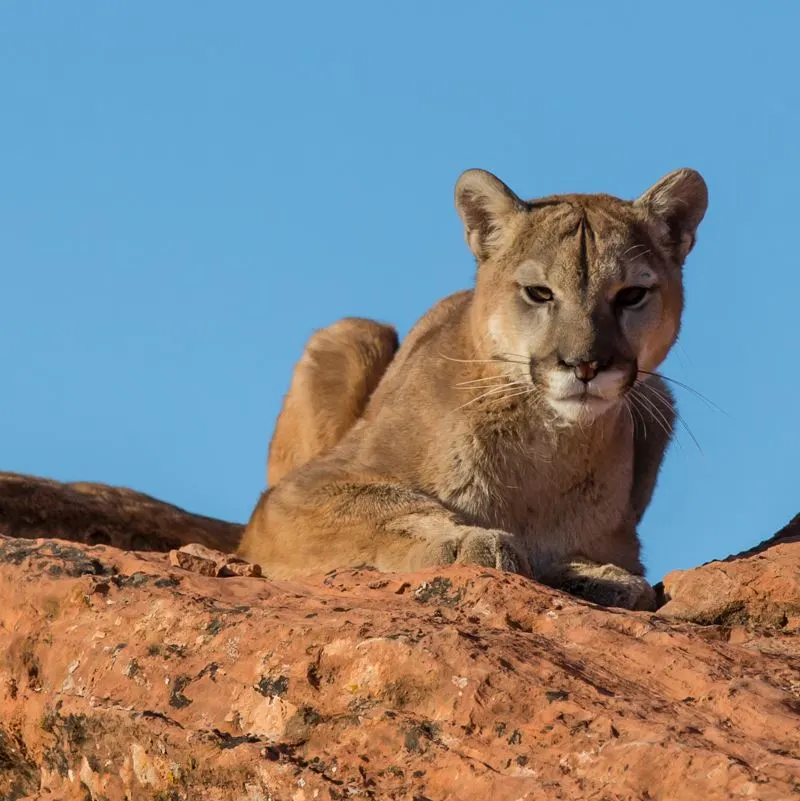
Mountain Lions
Mountain Lion, Puma, Cougar, Catamount, Panther.
All these names are a reminder of just how wide an area of the world these beautiful big cats call home. They span from the Yukon mountains in Canada all the way down to the Andes in South America.
Mountain lion attacks aren’t super common, but they do happen. These big cats are especially dangerous for children, they tend to go for smaller prey, and the high-pitched voices of children can single them out.
These animals have a natural fear of humans, and an adult standing tall and slowly waving their arms while speaking in a commanding tone is normally enough to ward them off.
But, if a traveler spots one, they need to remember, don’t run, and never turn your back on them. These encounters normally end without a fight, but caution is still advised.

Baja Brown Recluse
This is a spider that travelers don’t want to find in their boots.
Identifiable by the violin-like shape on its body, they are highly venomous. Bites can lead to painful skin lesions that, when untreated, require skin grafts.
If a traveler is bitten, immediately seek professional medical help. But like most creatures, they aren’t out to get humans but will react aggressively when threatened.
Top 5 Travel Insurance Plans For 2023 Starting At $10 Per Week
Easily Earn Points For Free Travel
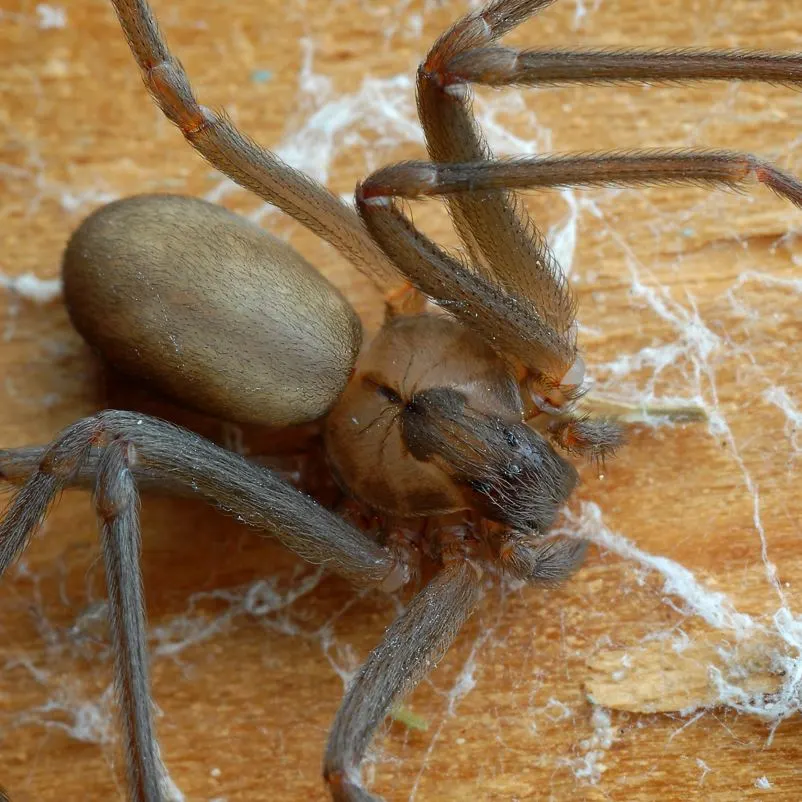
Rattlesnakes
Probably one of the fairest animals on this list, it’s rare to be bitten by a rattlesnake without them first warning humans off with that signature rattle they get their name from.
Although you can’t always depend on hearing it before the first strike.
The degree of danger from a rattlesnake bite varies. It’s thought 33% of rattlesnake bites come without venom, again another sign for some that maybe they aren’t out to kill and just want to be left alone.
With that being said, if a traveler is bitten, immediately seek medical attention. Rattlesnake bites are rarely fatal, but 1 in 600 isn’t the sort of odds to bet your life on!
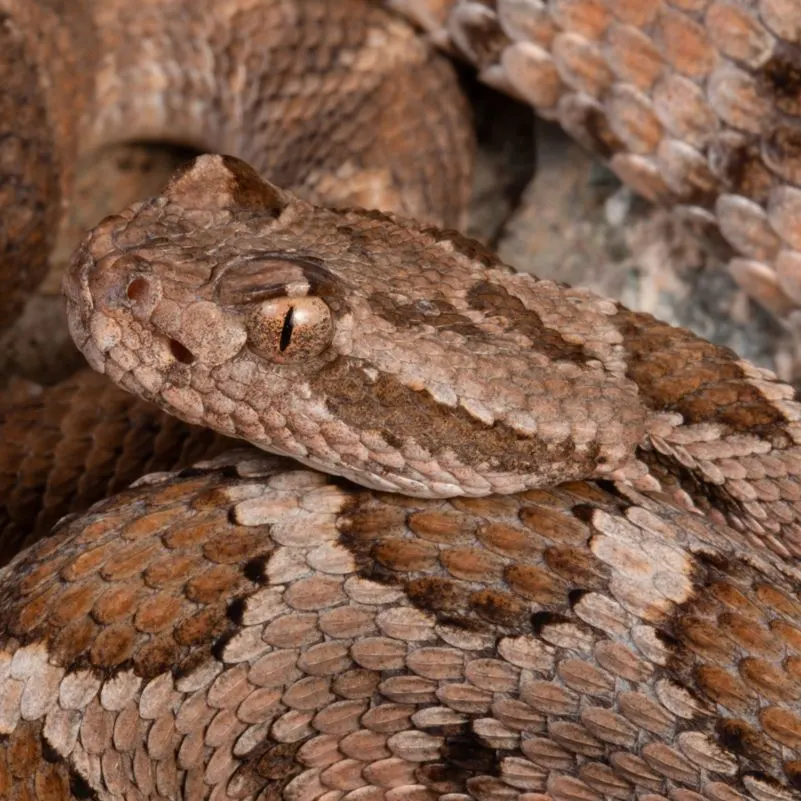
Stonefish
This ocean-dwelling creature is not to be underestimated.
Their natural camouflage means avoiding them is easier said than done. But a good start is to avoid walking on underwater rock formations and coral, where they prefer to hide.
Stonefish inject venom from syringe-like spines on their backs. This venom is horrifically painful. One unlucky recipient of this venom described it as having sledgehammers repeatedly hit them at the point of the sting.
The venom isn’t just painful, it can also cause necrosis of the skin, essentially killing the skin.
Thankfully, the venom from stonefish is highly treatable with heat immersion and anti-venom. But once stung, the clock is running to get to a hospital and start treatment ASAP.
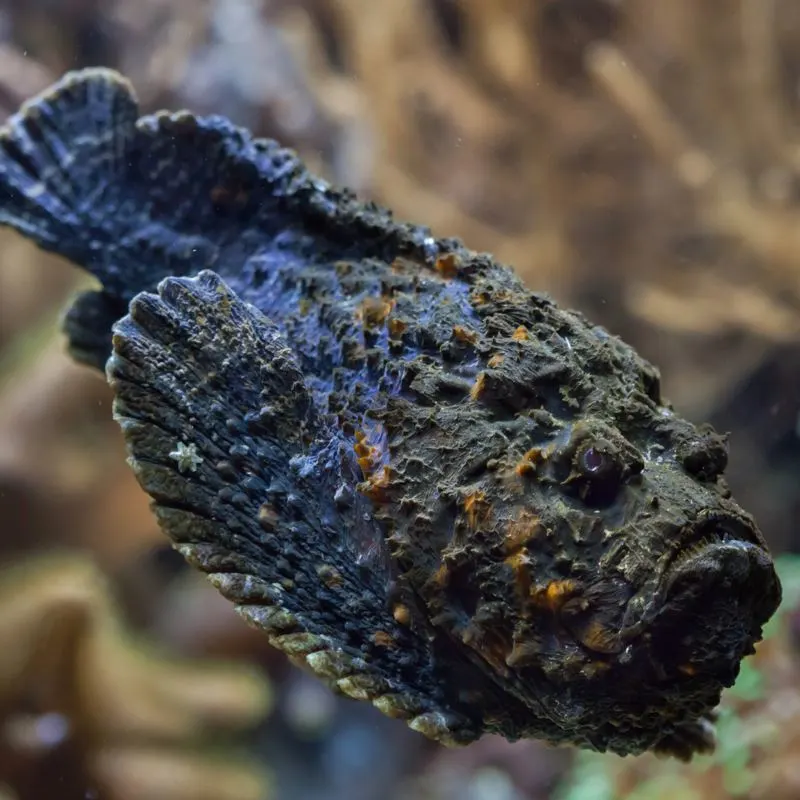
Humboldt Squid
These massive squids grow to around 15 ft long and 330 lbs. What’s more, they pose a serious threat to divers in the oceans around Los Cabos.
Known for their aggressive behavior, they have been reported to tie up divers with their huge tentacles while simultaneously spraying them with ink and ripping at their respirators.
In fact, Los Cabos fishermen are known to call them the diablo rojo (red devils).
Due to the overfishing of the shark population in Los Cabos, these creatures are believed to be the new ocean apex predator in the area.
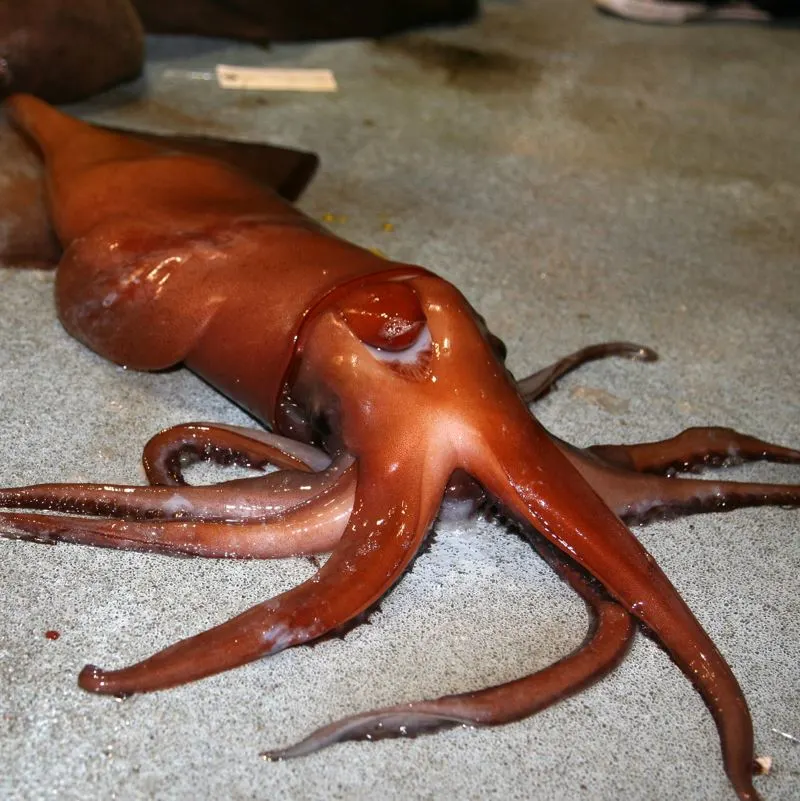
Bark Scorpion
Named after their love of hiding on the bark of trees, this is a scorpion not worth trying to catch in a jar.
Their sting is super dangerous for old people and children, causing numbness, respiratory disease, as well as convulsions.
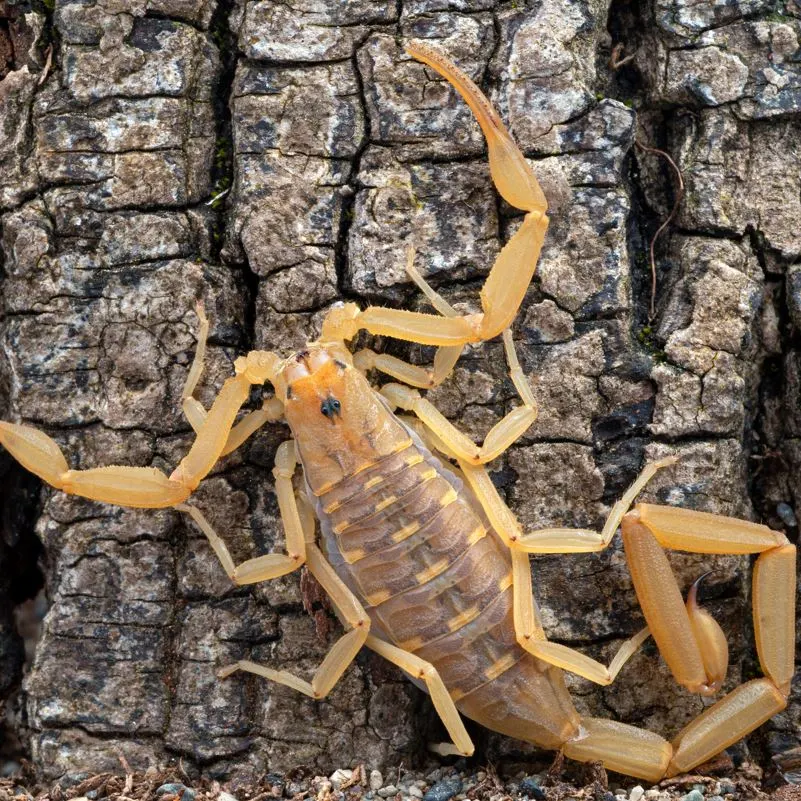
They are the only scorpion species in the area known to have venom potent enough to require immediate medical attention.
So if travelers spot one of these yellow-colored wall climbers, steer clear and don’t tempt fate by getting too close.
Plan Your Next Cabo Vacation:
Traveler Alert: Don’t Forget Travel Insurance For Your Next Trip!
Choose From Thousands of Cabo Hotels, Resorts and Hostels with Free Cancellation On Most Properties
↓ Join The Community ↓
The Cabo Sun Community FB group has all the latest travel news, conversations and current events happening in Los Cabos

Subscribe to our Latest Posts
Enter your email address to subscribe to The Cancun Sun’s latest breaking news affecting travelers, straight to your inbox.
